Sonos’ recent speakers, including the Beam (Gen 2), Ray, Sub Mini and Roam, have focused on upgrading your home theater and letting you take things on the go. That’s all good, but what about the tunes? Most of its music-focused speakers — the Sonos One, for example — haven’t been refreshed in years. That’s about to change.
Instead of updating its existing line, Sonos has announced two new speakers, the Era 300 and the Era 100. Both come with new features that Sonos fans should be excited about — but they also come with sizable price tags.
Sonos Era 300 and Era 100 price and where to preorder
Sonos’ new flagship speaker, the Era 300, promises immersive spatial audio with Dolby Atmos support.
The Era 100 is replacing the popular Sonos One smart speaker, promising improved sound within a sleeker design.
The flagship Era 300 costs $449, while the Era 100 costs $249 — $30 more than the Sonos One that it replaces. Both speakers are available for preorder today from Sonos’ website, and both will launch on March 28 in black and white variations.
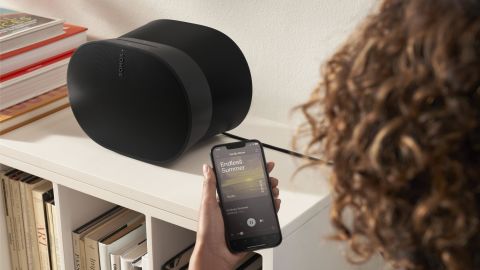
The $449 Era 300 is a completely new speaker for Sonos. The uniquely shaped unit — one could say it resembles a thick hourglass set on its side — is designed to make it possible to listen to spatial audio from a single speaker.
Spatial audio, aka Dolby Atmos for music, is mixed so that sounds are placed throughout a room instead of just the left-right you get from stereo. The spatial mix allows instruments and vocals to have height and to come from behind you. If you’ve watched a movie with Dolby Atmos sound, you’ll find the experience familiar.
Usually you need a full home theater system or at least a soundbar to experience Atmos sound. The Era 300 joins a select few speakers — including Apple’s HomePod and Amazon’s Echo Studio — that handle spatial audio in a more compact form.
The 10.2 x 7.3 x 6.3-inch Era 300 is packed with four tweeters along with two woofers. One of the tweeters sends sound forward, while two of the tweeters in the top corners of the speakers are angled to help place sound around you. There’s also a tweeter on top for the height element of spatial audio.
You can use two Era 300s as rear speakers in combination with an Arc or Beam (Gen 2) soundbar and a Sub to create a 7.1.4 or 5.1.4 Atmos home theater arrangement.
In a demonstration at Sonos headquarters, the Era 300 sounded impressive with songs mixed for spatial audio as well as on regular stereo tracks. And as part of an Atmos home theater system, it rivaled a setup with an audio/video receiver and wired separate speakers. We’ll give it a more thorough listening when we review the unit later this month.
As of now, you can use Amazon Music Unlimited and Apple Music to listen to spatial audio on the Era 300.
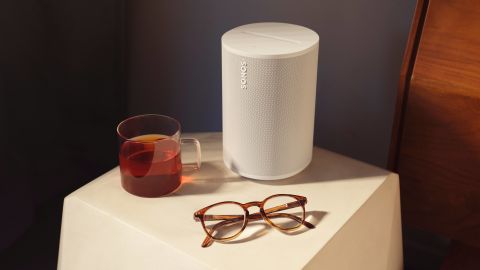
Sonos also announced the $249 Era 100, which looks quite a bit like the speaker it replaces, the Sonos One. At 7.2 x 5.1 x 4.7 inches, it’s a little taller than the One and has a more oval, less boxy shape.
Inside you’ll see more of a difference. In addition to a woofer, the Era 100 has two tweeters (the One has one), which allows it to play stereo; the tweeters are angled to try to create more separation in the channels. We’ll see how well that works when we test the new speaker, though in a quick listen at a Sonos event, it did seem to produce a bigger sound than the One.
You can also pair two Era 100s for stereo sound or use them as rear speakers with an Arc, Beam or Ray soundbar. Unlike the Era 300, the Era 100 doesn’t support spatial audio or Dolby Atmos.
Input and control changes
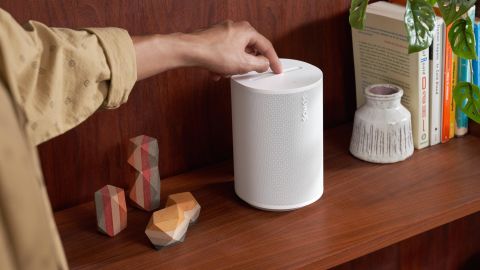
The Era 300 and Era 100 offer a few new-to-Sonos features. You can connect to them via Bluetooth in addition to Wi-Fi, something that was previously available only on Sonos’s portable speakers, the Move and Roam. It also has a USB-C input that you can use to connect an Ethernet cable or an auxiliary input — but you need to buy an adapter from Sonos to make those work.
Both speakers feature new controls on top. The biggest difference is how you control volume: There’s now a touch-sensitive slider to increase or decrease volume. You can also skip or replay tracks, as well as play or pause songs. You can temporarily mute the microphone or use a switch on the back to turn the mic off completely.
The speakers include TruePlay, which is Sonos’ room correction software. Android and iOS users can choose Quick Tuning, which uses the microphones on the speakers to measure the room and automatically make adjustments. Only iOS devices can use the traditional TruePlay method, a manual process that involves you walking around waving your phone as it maps the room.
The Era 300 and Era 100 nix one thing from recent Sonos speakers: support for Google Assistant. You can still control the speaker with your voice through Sonos Voice Control as well as Amazon Alexa.
The new speakers from Sonos show a lot of promise. The Era 300 seeks to bring spatial audio to more people, without needing a bunch of speakers. It directly answers the challenge that Apple’s new HomePod — which also supports spatial audio — poses. The Era 100 updates an old favorite and should improve on its sound, thanks to its ability to produce stereo sound.
Neither one is cheap, though. At $449, the Era 300 costs $150 more than the HomePod — though we expect it to sound bigger and handle spatial audio better. The $249 Era 100 also costs $30 more than the Sonos One it replaces. We’ll see whether the cost increases are worth it when we review each speaker.






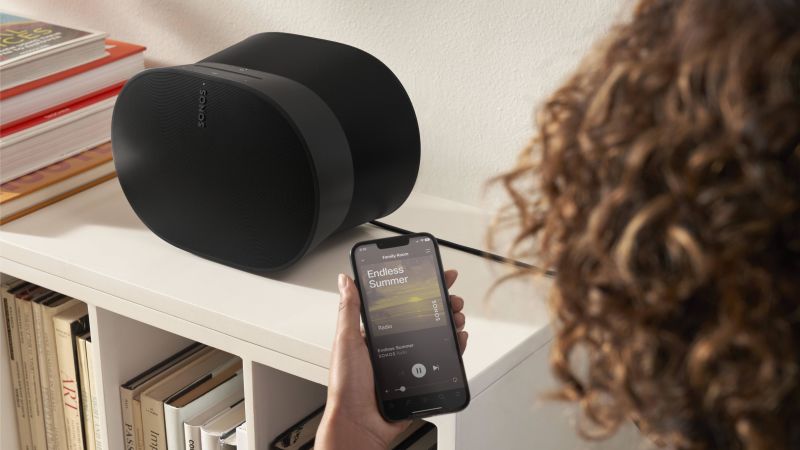
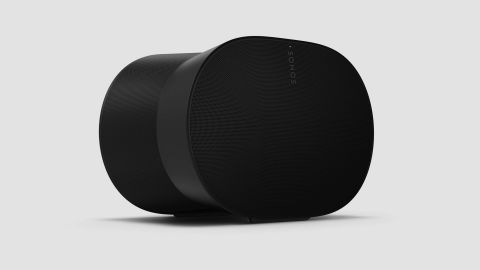
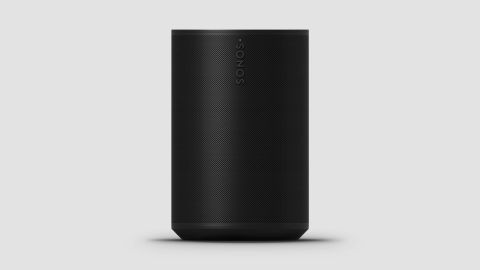
More News
Opinion | Can Biden Revive the Fortunes of American Workers?
Opinion | Why Are We Gambling With America’s Future?
Harvey Weinstein Conviction Overturned by N.Y. Court of Appeals